AFI
SOURCE: AFI
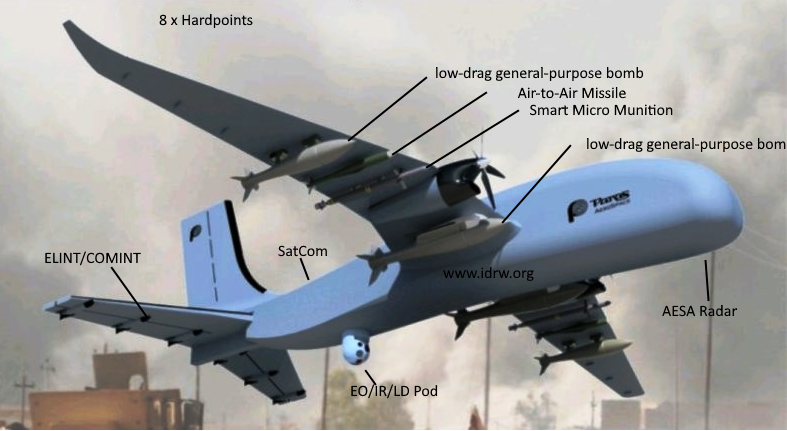

As unmanned aerial vehicles (UAVs) reshape the global defense landscape, India is strategically positioned to enhance its indigenous UAV capabilities. The increasing reliance on UAVs, especially in the Medium Altitude Long Endurance (MALE) and High Altitude Long Endurance (HALE) classes, highlights the need for advanced, locally-developed systems that can meet the evolving demands of modern warfare.
Given the rapid advancements in UAV technology and the substantial potential of India’s private sector, it is crucial for the country to actively encourage private defense companies to take the lead in developing MALE and HALE UAVs.
Continue readingSOURCE: AFI


In a significant announcement made at the Khatre Memorial Talks, Samir V. Kamat, Secretary of the Department of Defence Research and Development (DDR&D) and Chairman of the Defence Research and Development Organisation (DRDO), revealed that the Technology Development Fund (TDF) will now be on par with the Defense Advanced Research Projects Agency (DARPA).
The TDF aims to catalyze innovation in the defense manufacturing sector by providing financial support to industry-led technology development projects. This initiative is a cornerstone of India’s self-reliance drive in defense.
Continue readingSOURCE: AFI


The 20th edition of the India-US Joint Military Exercise, YudhAbhyas, has showcased a remarkable array of advanced technologies and capabilities. This year’s exercise, held at the Mahajan Field Firing Ranges in Rajasthan, featured larger-scale operations with enhanced joint command, intelligence sharing, and cutting-edge technology integration.
One of the highlights of YudhAbhyas 2024 was the participation of several innovative Indian startups. These startups showcased their latest technologies and products, demonstrating the growing strength of India’s defense manufacturing sector.
Continue readingSOURCE: AFI
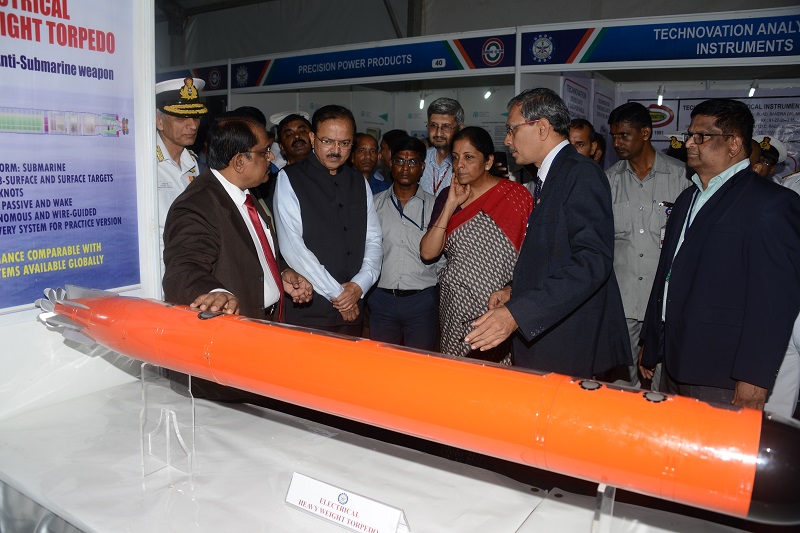

Apollo Micro Systems Ltd has achieved a significant milestone by securing a Rs 10.90 crore order from Bharat Dynamics Limited (BDL) for the development of innovative homing systems for heavy-weight torpedoes. Developed in collaboration with the Defence Research and Development Organisation (DRDO), this breakthrough technology will enhance the capabilities of India’s underwater warfare arsenal.
Apollo Micro Systems has emerged as the sole qualified vendor for this critical project, underscoring its expertise in the field of underwater weapons systems. The company’s contribution to the Strategic Submarine Program is a testament to its commitment to supporting India’s defense modernization efforts.
Continue readingSOURCE: AFI


India has long faced a persistent brain drain, particularly in the defense sector. While individuals of Indian origin hold prominent positions in major aerospace companies worldwide, domestic companies struggle to attract top talent due to inadequate remuneration and bureaucratic hurdles. Despite expectations that Prime Minister Modi would address this issue, little progress has been made in the past decade.
Indian public sector companies, hampered by outdated labor laws and powerful unions, have failed to make substantial strides in attracting and retaining skilled talent in the defense sector. These constraints have limited their ability to offer competitive compensation and flexible work environments that are essential to lure top professionals.
Continue readingSOURCE: AFI


India is reportedly in talks with the United States for potential licensing and local production of the Stryker Armored Personnel Carrier (APC) and Javelin Anti-Tank Guided Missiles (ATGMs). While these acquisitions may seem like steps toward modernizing India’s defense forces, they have raised eyebrows among defense experts and industry insiders. Many are questioning the urgency with which the Indian Ministry of Defence (MoD) is pursuing these deals, despite the availability of local alternatives, leading to concerns about the growing influence of the American defense establishment on India’s procurement policies.
Indian defense experts are perplexed by the MoD’s preference for U.S. weapon systems that some claim are overpriced and technologically outdated. Ranesh Rajan, a defense analyst, voiced his concerns to idrw.org, stating, “India is buying yesteryear tech for tomorrow’s price.” Rajan, along with others in the defense sector, is puzzled as to why India is opting for imported solutions like the Stryker APC and Javelin ATGM when indigenous options are available, both more cost-effective and designed with Indian terrain and operational needs in mind.
Continue readingSOURCE: AFI
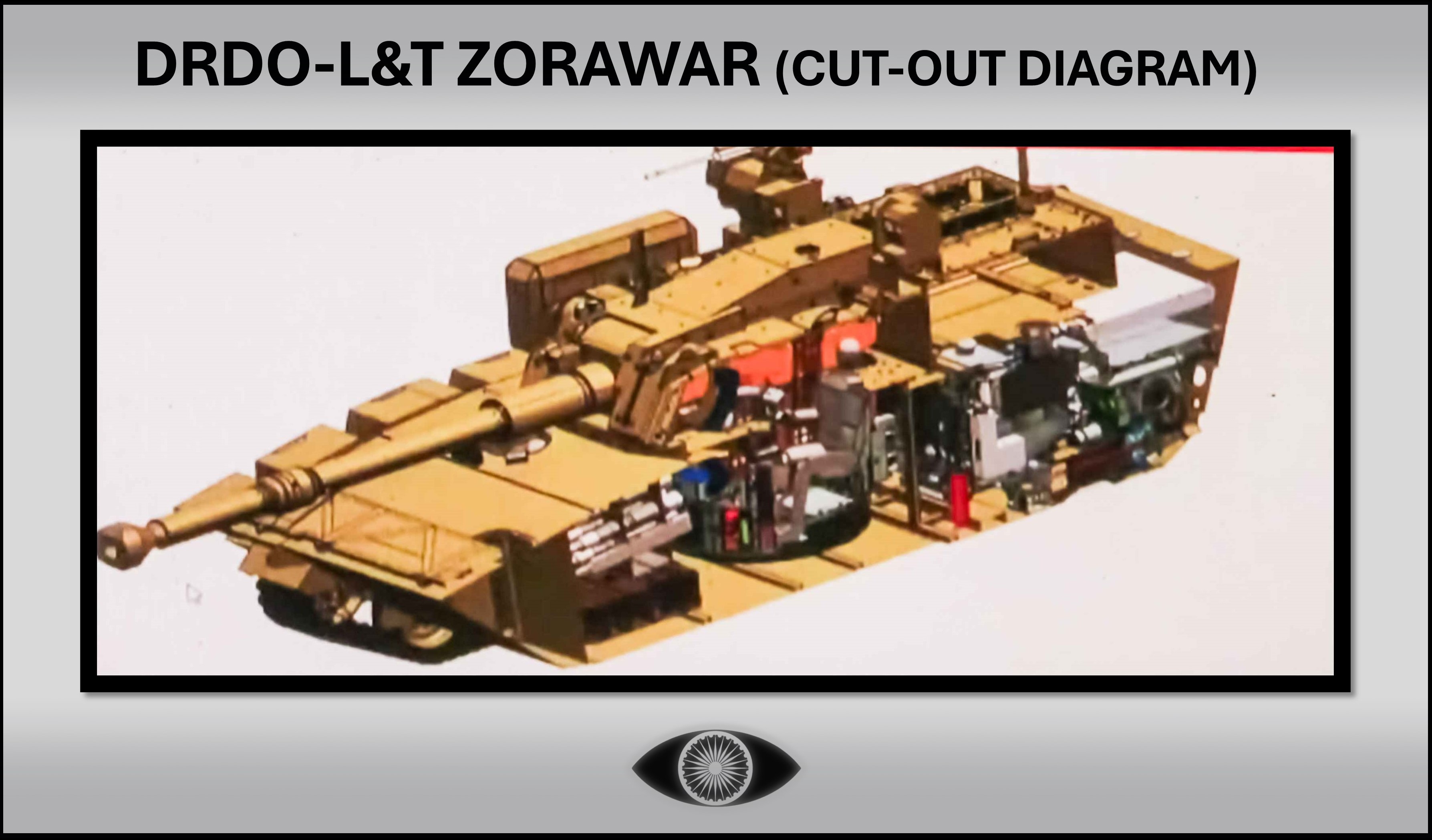

The Zorawar light tank, currently under development by Larsen & Toubro (L&T) in collaboration with the Defence Research and Development Organisation (DRDO), is set to showcase a unique combination of familiar features and indigenous innovations.
A recent glimpse of the tank’s cut-out has revealed a rear engine layout, a design choice that has become increasingly popular among modern tank manufacturers. This configuration offers several advantages, including improved crew protection, better weight distribution, and enhanced mobility.
Continue readingSOURCE: AFI


@detresfa_
China is constructing a new heliport near the “Fishtails” sector of Arunachal Pradesh, a region bordering India. Located just 20 kilometers from the Indian border, this facility is expected to significantly bolster China’s military capabilities in the region.
The heliport is believed to be part of China’s ongoing efforts to modernize its infrastructure along the Sino-Indian border. By providing a rapid deployment capability for troops and equipment, the heliport will enhance China’s ability to respond quickly to any potential threats or incursions.
Continue readingSOURCE: AFI
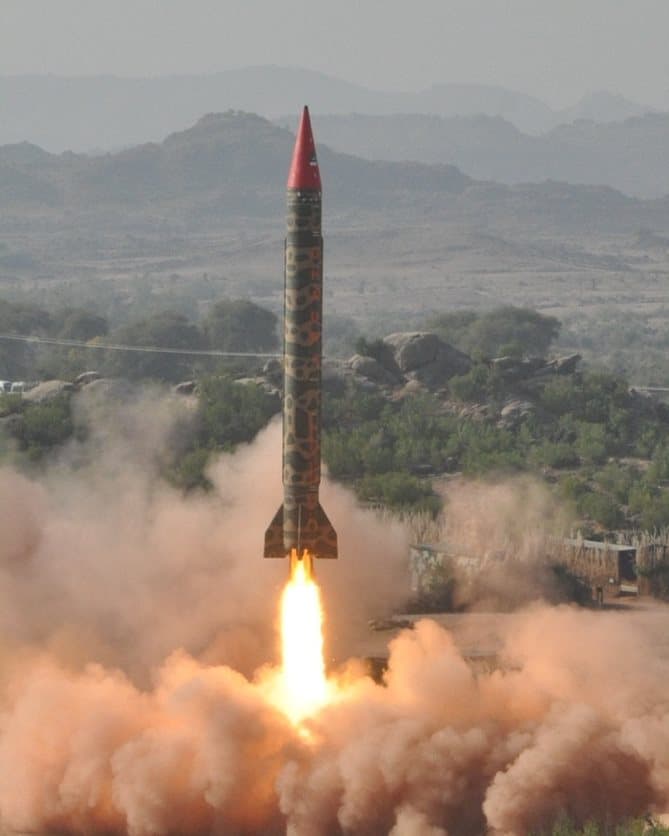

Professor Shahiduzzaman of Dhaka University has called for a nuclear treaty between Bangladesh and Pakistan as a means to counter the perceived threat posed by India. The professor has suggested that Bangladesh could deploy Ghauri missiles in North Bengal to deter India from any aggressive actions.
Professor Shahiduzzaman, who is known for his close ties to the Pakistan-backed Jamaat-e-Islami party, has been vocal in his criticism of India’s policies towards Bangladesh. He has argued that a nuclear treaty with Pakistan would provide Bangladesh with a powerful deterrent against India and ensure its national security.
Continue readingSOURCE: AFI


@himanshu604
At the IDAX 2024 defense exhibition, the Defence Research and Development Organisation (DRDO) showcased the Uttam Active Electronically Scanned Array (AESA) radar, a key development in India’s indigenous military capabilities. Designed with cutting-edge technology, the Uttam AESA radar is set to revolutionize the operational capabilities of fighter aircraft in the Indian Air Force and other prospective platforms. Here’s an in-depth look at its features and specifications, highlighting why it stands out as a multi-mode, adaptable, and powerful radar system.
The Uttam radar is a multi-mode, solid-state active phased array fire control radar with a scalable architecture, meaning it can be adapted for different types of fighter aircraft. This adaptability allows for its integration into various platforms, such as the LCA Tejas, Su-30MKI, and future AMCA aircraft.
Continue readingSOURCE: AFI
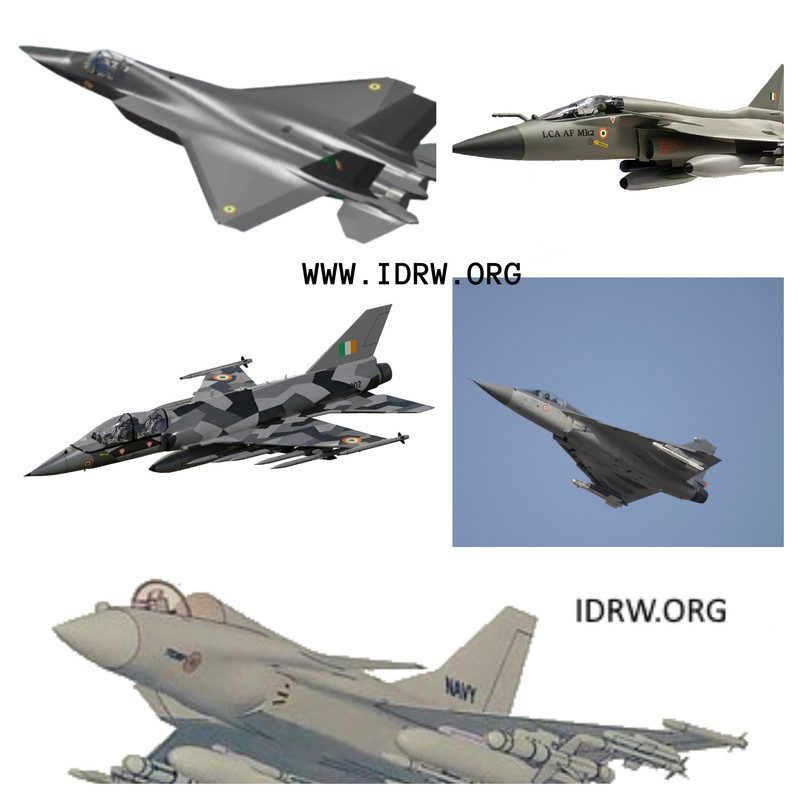

India has embarked on a significant effort to modernize its air force through a series of ambitious fighter jet programs. These initiatives, funded by the Ministry of Defence (MoD), include the Tejas Mk1A, Tejas MkII, AMCA, HLFT-42, and TEDBF. While these programs represent a substantial investment in indigenous defense capabilities, a critical challenge remains: the absence of a robust local engine program.
The Tejas Mk1A and MkII, developed by Hindustan Aeronautics Limited (HAL), are upgrades of the existing Tejas light combat aircraft. The AMCA, a stealthy fifth-generation fighter jet, is being developed by the Aeronautical Development Agency (ADA). The HLFT-42 is a supersonic trainer jet, and the TEDBF is a twin-engine deck-based fighter aircraft designed for the Indian Navy.
Continue readingSOURCE: AFI
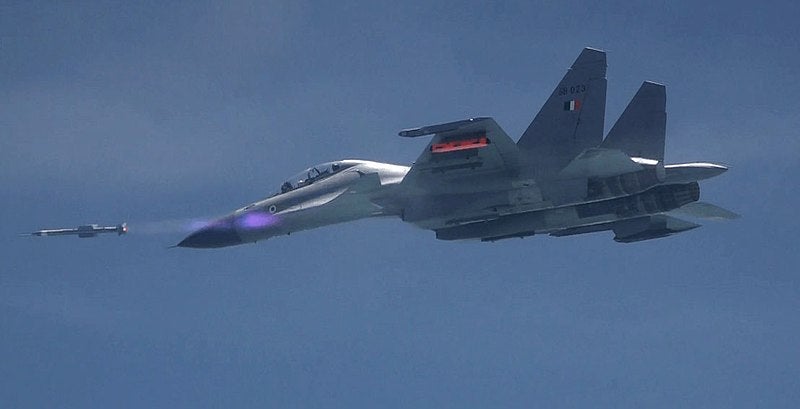

India’s Astra MkI Beyond-Visual-Range Air-to-Air Missile (BVRRAM) has garnered global interest, and there is a growing desire among several countries to integrate it onto their Su-30 platforms. However, this integration presents a complex challenge due to the diverse variants of the Su-30 and the proprietary technologies involved.
The Su-30 aircraft, produced by Sukhoi in Russia, comes in various configurations, each with its own specific radar and mission computer systems. These differences, often based on the older MK or newer SM variants, can significantly impact the integration process. While India’s Su-30MKI variant was relatively straightforward due to its indigenous mission computers and access to the radar’s source code, the situation is more complicated for other operators.
Continue readingSOURCE: AFI


A significant milestone in India’s deep-sea exploration was achieved today as the Ministry of Earth Sciences (MoES) Secretary, Dr M Ravichandran, along with Mission Director Dr M V Ramanamurthy, witnessed the integration of the indigenously-developed deep-ocean human scientific submersible Matsya6000 at the National Institute of Ocean Technology (NIOT).
The Matsya6000, a pioneering project undertaken by NIOT, is designed to dive to depths of up to 6,000 meters. This submersible will play a crucial role in scientific research, resource exploration, and disaster management in the deep ocean.
Continue readingSOURCE: AFI


As the nature of warfare evolves, so do the demands placed on weapon stockpiles and the ability of nations to replenish them. Modern battlefields are witnessing longer, more protracted conflicts, which can strain military resources. For India, a nation that faces the potential challenge of two-front conflicts with adversaries like China and Pakistan, ensuring a steady and agile supply chain for weapons and critical components is crucial. In this context, 3D printing, or Additive Manufacturing (AM), has emerged as a promising solution to help Indian forces address potential gaps in their military supply chains.
Additive manufacturing, commonly known as 3D printing, is revolutionizing production in defense and aerospace industries worldwide. It involves creating objects layer by layer from digital 3D models, effectively building the part and material simultaneously. This technology offers a significant advantage over traditional manufacturing methods, where materials are often cut away or assembled from multiple components. The benefits of additive manufacturing in defense are multifold:
Continue readingSOURCE: AFI


According to a report published by The Hindu, India declined a request from Israel last year for the supply of Indian-made artillery shells, specifically 155mm and 105mm, which were sought at the onset of Israel’s operations along its border with the Gaza Strip and southern regions. Despite growing defense ties between the two nations and the robust partnership between Israeli arms companies and their Indian counterparts, New Delhi took a cautious stance and opted not to fulfill the request for these critical munitions.
In the early phases of its military operations along the Gaza Strip, Israel turned to India for artillery shells, likely driven by the rapid depletion of its ammunition reserves. Artillery shells, especially 155mm and 105mm, are essential in land-based military engagements, providing both offensive and defensive firepower. Israel, which has been involved in periodic skirmishes with Hamas and other militant groups in Gaza, needed to replenish its stockpiles quickly. However, India, which has significantly increased its indigenous defense production capabilities, declined the request, citing concerns over the ongoing conflict.
Continue reading